Asia/ Taiwan/ 21.o1.2020/ Source: www.brookings.edu.
here’s no question that children in school today will encounter an entirely different workplace than the one we’re in now. The impact of new technologies and a changing climate will influence the kinds of jobs available and the skills needed to be successful in them. While it’s impossible to know what exactly the future will hold, education scholars are emphasizing the need for young people to acquire skills such as collaboration, critical thinking, and problem-solving. These so-called “21st century” skills will help young people thrive in an uncertain future. Around the world, innovators are finding new and creative ways to deliver such skills.
I recently took part in the NXTEducator Summit in Taipei on 21st century skills in Asia, which shed light on the many innovations in the Chinese-speaking world. Co-hosted by the Finnish nonprofit HundrED and the Sayling Wen Cultural and Educational Foundation in Taiwan, the summit brought together more than 100 teachers, administrators, and innovators across China, Taiwan, Singapore, and Malaysia to learn from seven featured innovators and exchange ideas for delivering a quality, future-ready education for all of today’s young people.
At the Center for Universal Education (CUE) at Brookings, we research education innovations, and the summit provided a window into current trends in the region as well as similarities we see across the globe that can help inform our future work. Below are five takeaways from the summit:
1. Leapfrogging is happening in the here and now. The summit’s featured innovators confirm that rapid, nonlinear progress in education, or what CUE calls “leapfrogging,” is alive and well in communities across the Chinese-speaking world. CUE’s leapfrog pathway highlights how innovation can move education from the status quo to a place where all young people develop the breadth of skills needed to be successful in the future. For example, the Co-Publishing Project in Taiwan works with economically disadvantaged students and students from immigrant families, putting them at the center of learning through hands-on photography projects. Student-centered learning is a core element of leapfrogging, as highlighted in CUE’s leapfrog pathway. The project fosters students’ curiosity about their own cultures and the world around them and allows for their self-expression through the art of photography. Another featured innovation, Teach for Taiwan, recruits university graduates and professionals to teach in economically disadvantaged primary schools through its two-year fellowship program, helping to address educational inequity among rural and urban communities. The innovation represents an example of widening the pool of teachers, another aspect of the leapfrog pathway.
2. Advanced technology is being harnessed for learning. While many well-resourced classrooms have tablets and computers, the use of drones in school is less common. The Drone-based Interdisciplinary Learning and Entrepreneurship Education program in Hong Kong has seized on the greater commercial availability of drones to further student learning. Secondary school students first learn about drones in the classroom, applying math, science, and coding skills to program drones and track their trajectories. They also meet entrepreneurs and professionals who use drones in their day to day careers. Students apply their learnings to the real-life measurement of water quality, first by engineering drones to collect water samples through a testing process in the classroom and then collecting samples from local bodies of water. Back in the classroom, students analyze the collected samples to identify levels of water pollution and pollution sources. The program enables students to solve a local problem through technology, while robustly building their 21st century skills.
3. Familiar models are being used in new ways. Innovation isn’t always the brand new, never-before-seen thing. Indeed, in “Leapfrogging Inequality,” Brookings scholar Rebecca Winthrop defines innovations in education as a break from current practice, whether new to the world or new to a context. Two featured innovations, BEEP Lab and FunMeiker, represent examples of an old idea being adopted to serve a new purpose. Both innovations use concepts from the field of architecture to teach K-12 students. The programs work with local architects as mentors who guide students through the processes of inquiry-thinking, design-thinking, and problem-solving. While architecture’s use in K-12 education is not brand new, these innovations are providing thoughtful, new ways to deliver context-specific concepts and ideas to children in Singapore and Taiwan, such as a focus on the natural and cultural environments in addition to the built environment.
4. Innovation is promoting empathy and cross-cultural exchange. Featured innovation MTA World (Mondragon Team Academy) is a university in which students spend each year in a different country. Students can choose to study in Asia in China and Korea, as well as in Spain, Mexico, and the United States. Instead of classrooms, learning takes place through innovation labs where students work in teams of entrepreneurs. MTA recognizes that when young people have the opportunity to interact with others from different backgrounds, they develop new perspectives and ways of working that will serve them throughout their lives. Another innovation that promotes cross-cultural learning at the tertiary level is City Wanderer, in which teams of university students take on challenges in their city that benefit underserved groups—for example by cooking meals for the homeless or spending time with elderly neighbors. By interacting with others from different backgrounds, students develop empathy and a commitment to improve their world.
5. There is tremendous opportunity for governments to help innovation scale. Six of the seven featured innovations are led by nongovernmental organizations (the seventh is a social enterprise). Many collaborate with formal education systems by partnering with schools to lead after-school and weekend programs. This trend mirrors CUE’s research. In its global catalog of nearly 3,000 education innovations, CUE found that two-thirds of innovations originated from the nonprofit sector, whereas only 12 percent of innovations originated from governments. While innovation tends to occur outside of formal systems for a number of reasons, there is great value in more fully bringing innovation into the mainstream, where it can reach millions more students. CUE has called for a mindset shift among leaders as a starting point to encourage greater uptake of education innovation by local and national governments.
While we can’t say for certain what the world of work will look like 10 or 15 years from now, the conversations at the NXTEducator Summit show us that the education innovations community is putting into practice a range of creative ideas inside and outside of the classroom.
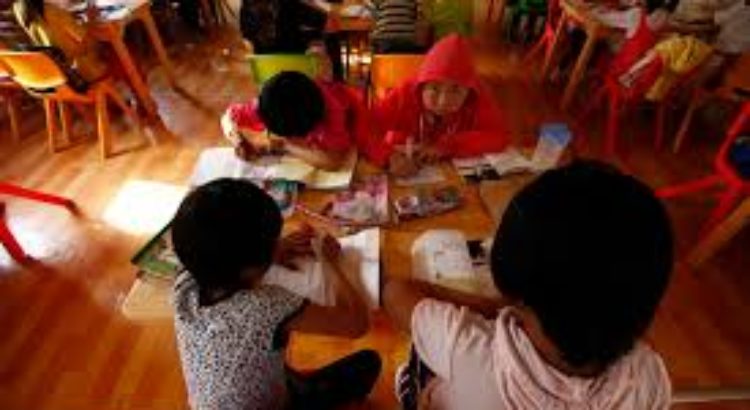
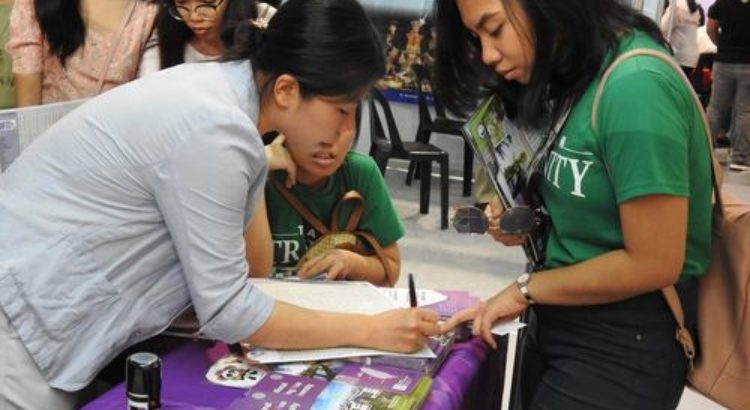
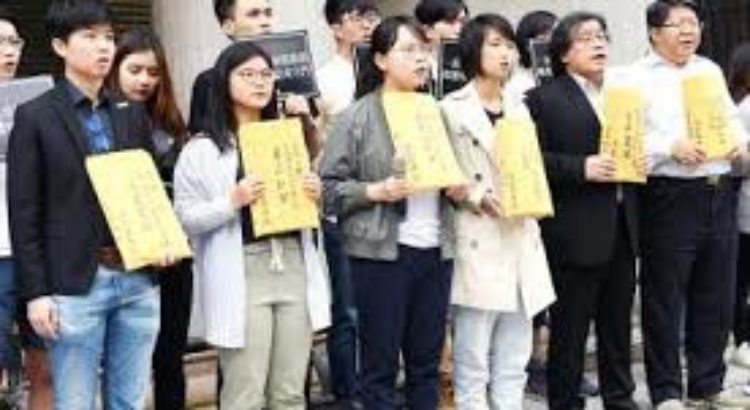

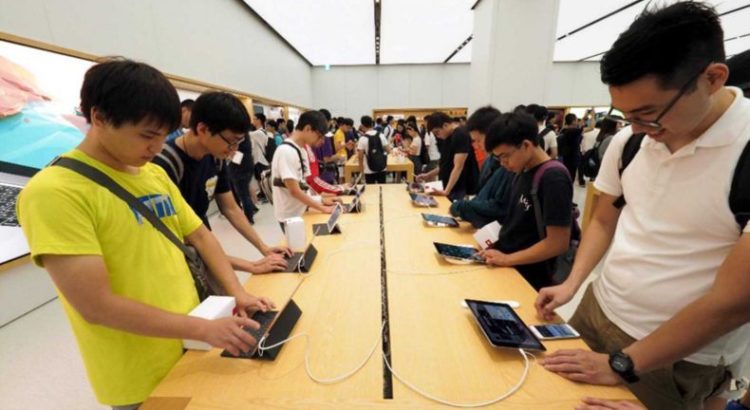
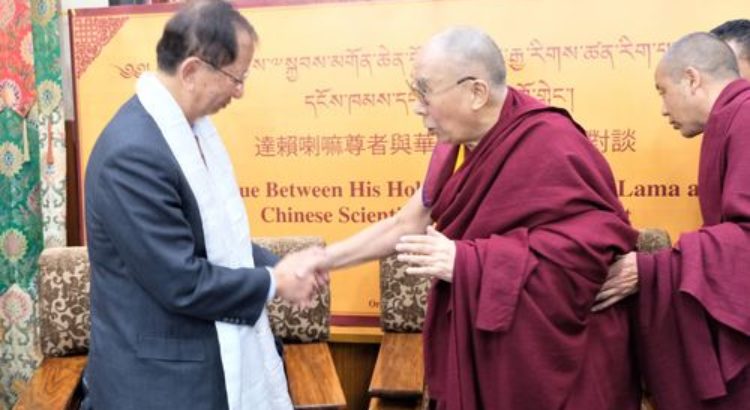







 Users Today : 134
Users Today : 134 Total Users : 35459729
Total Users : 35459729 Views Today : 222
Views Today : 222 Total views : 3418194
Total views : 3418194